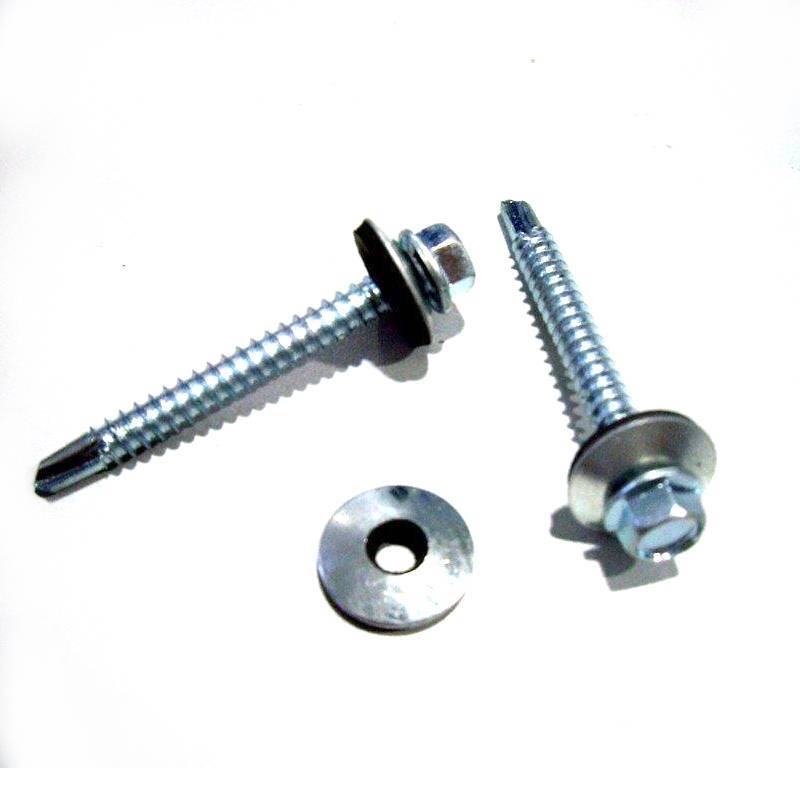high quality self tapping screw standard sizes
Understanding High-Quality Self-Tapping Screws and Their Standard Sizes
Self-tapping screws are essential components in various construction and manufacturing applications. They are designed to create their own hole and can tap into materials such as wood, metal, and plastic. This article explores the characteristics of high-quality self-tapping screws and their standard sizes, providing valuable insights for professionals and DIY enthusiasts alike.
What Are Self-Tapping Screws?
Self-tapping screws are a type of fastener that can tap their own threads as they are driven into a material. This unique feature eliminates the need for pre-drilled holes, making them a convenient choice for many projects. They come in various shapes, sizes, and materials, catering to diverse applications. The most common materials used for self-tapping screws include steel, stainless steel, and brass.
Characteristics of High-Quality Self-Tapping Screws
1. Material Quality High-quality self-tapping screws are typically made from durable materials that can withstand corrosion and wear. Stainless steel screws, for example, offer excellent resistance to rust and are ideal for outdoor applications.
2. Coating and Finish Many high-quality screws come with protective coatings, such as zinc plating or black oxide, which enhance their resistance to environmental factors. These coatings not only improve longevity but also provide a better grip when driving into materials.
3. Sharp Points and Threads The design of the screw's point and threads is crucial for performance. High-quality self-tapping screws feature sharp points that facilitate easier penetration into the material, and well-defined threads that ensure a strong hold.
4. Driving Compatibility Quality self-tapping screws are often designed to be compatible with various driving tools, such as screwdrivers and power drills. This versatility allows for efficient installation, saving both time and effort.
high quality self tapping screw standard sizes

5. Load-Bearing Capacity For applications requiring strong joints, selecting high-quality screws with adequate load-bearing capacity is vital. This quality ensures that the screws can withstand the stresses they encounter in service.
Standard Sizes of Self-Tapping Screws
Self-tapping screws are available in a wide range of standard sizes, which are measured in terms of diameter and length. Here are some commonly encountered sizes
1. Diameter Sizes Self-tapping screws are categorized into different diameter sizes, often ranging from 0 to 14 (or 1.5 mm to about 6.35 mm for metric sizes). The larger the number, the bigger the diameter of the screw.
2. Length Options The length of self-tapping screws typically varies from 1/4 inch (about 6 mm) to 4 inches (about 100 mm) or more. It's crucial to select a length that suits the thickness of the material being fastened.
3. Head Types Self-tapping screws come with various head types, including pan, flat, and round. The choice of head type affects not only the aesthetic but also the driving characteristics and finished appearance.
4. Thread Pitch The distance between the threads (known as the thread pitch) can also vary. Common pitches range from coarse (providing faster drive but less hold) to fine (providing greater holding strength for challenging materials).
Conclusion
In conclusion, high-quality self-tapping screws are indispensable in both industrial and domestic settings. Their ability to create their own holes simplifies installation and contributes to the efficiency of many projects. By understanding their characteristics and standard sizes, users can select the right self-tapping screws for their specific needs, ensuring durability and performance. When choosing screws, it’s essential to consider factors such as material, coating, head type, and size to achieve the best results. Whether you're a contractor working on a large-scale project or a DIY enthusiast tackling home repairs, high-quality self-tapping screws are a reliable choice that ensures strong and lasting connections.
-
Top Choices for Plasterboard FixingNewsDec.26,2024
-
The Versatility of Specialty WashersNewsDec.26,2024
-
Secure Your ProjectsNewsDec.26,2024
-
Essential Screws for Chipboard Flooring ProjectsNewsDec.26,2024
-
Choosing the Right Drywall ScrewsNewsDec.26,2024
-
Black Phosphate Screws for Superior PerformanceNewsDec.26,2024
-
The Versatile Choice of Nylon Flat Washers for Your NeedsNewsDec.18,2024










